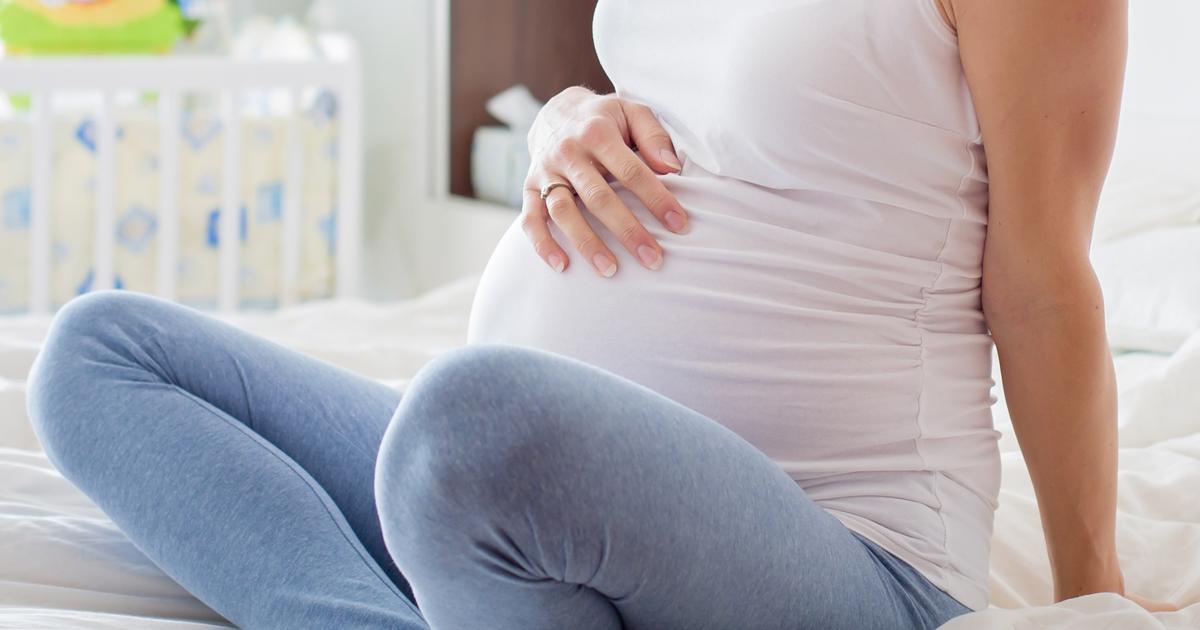Guide To The Causes And Complications Of Chiari Malformation
Lack Of Nutrients During Pregnancy

Most cases of Chiari malformation occur during fetal development. Physical defects of the spinal column structure, brain structure, and skull structure that occur when the individual is developing in utero are what causes Chiari malformation. While there has not been concrete evidence to prove a lack of nutrients during pregnancy directly causes Chiari malformation, it is suggested they are more common among the population of individuals born to mothers in developing countries where malnutrition is a prevalent and critical problem. When a pregnant woman does not consume enough of the essential nutrients required for the proper and healthy development of the fetus, birth defects are more likely to occur. When a fetus is growing, abundant sources of vitamins and nutrients are required for the bones, brain tissues, and other vital structures to develop fully and without abnormalities. When maternal malnutrition causes problems in the process of fetal growth, it can affect how the spine, skull, and brain of the fetus forms in both a structural and functional sense.
Continue reading to learn more about the causes and complications associated with Chiari malformation now.